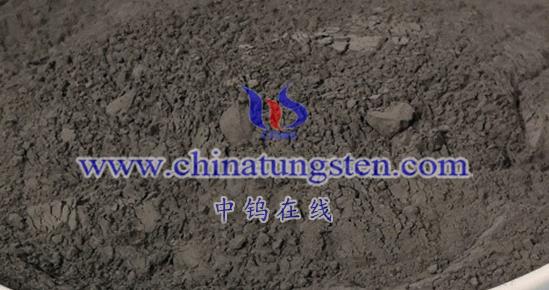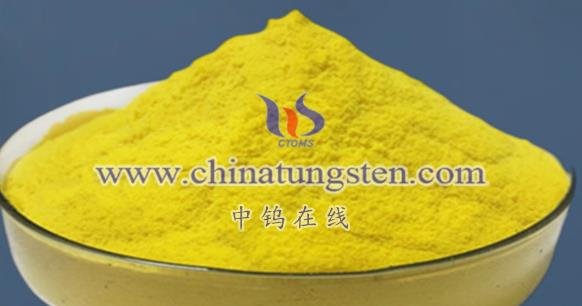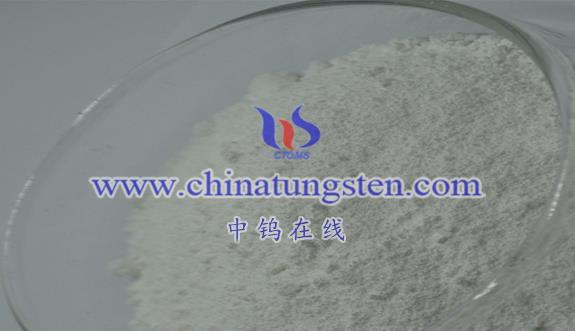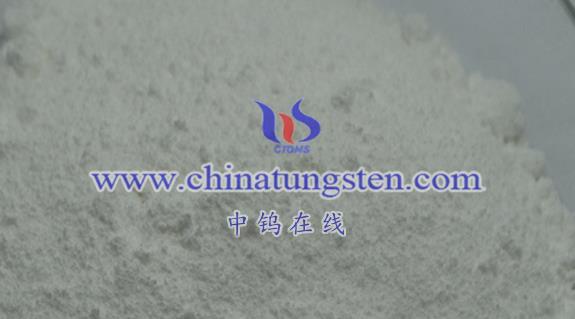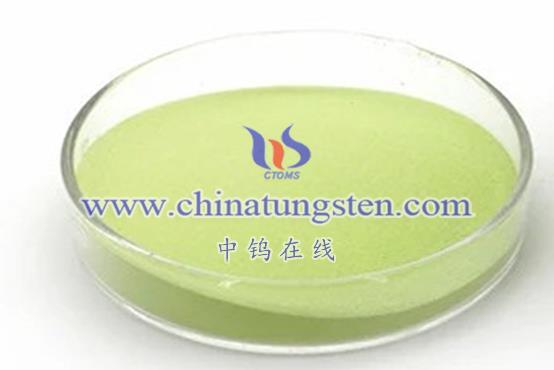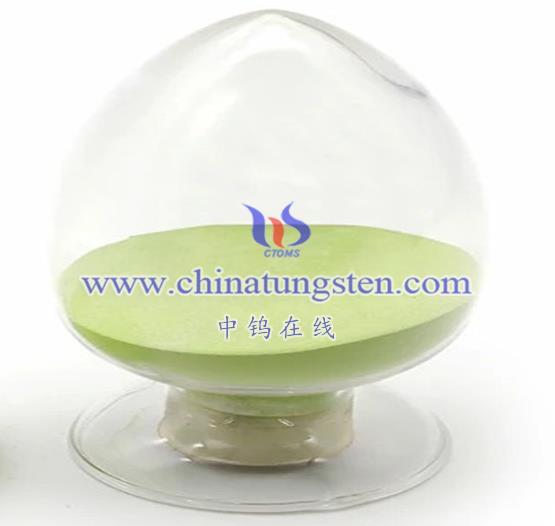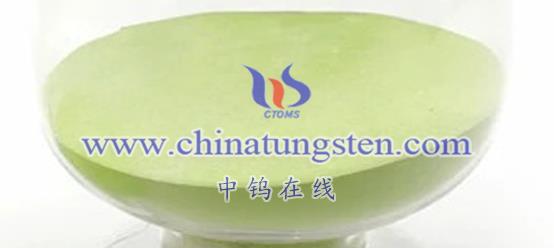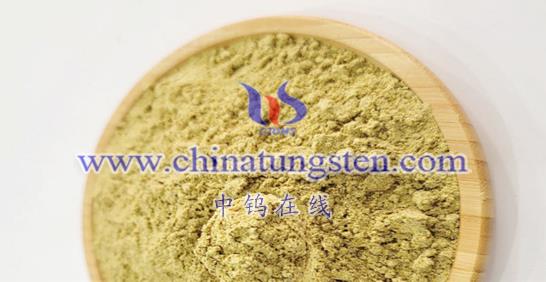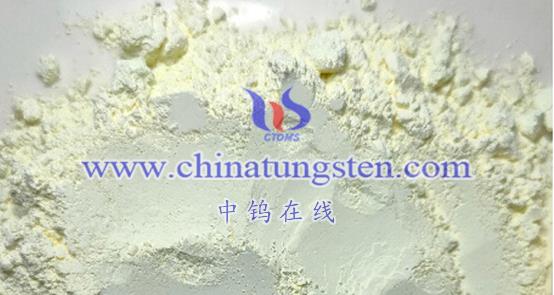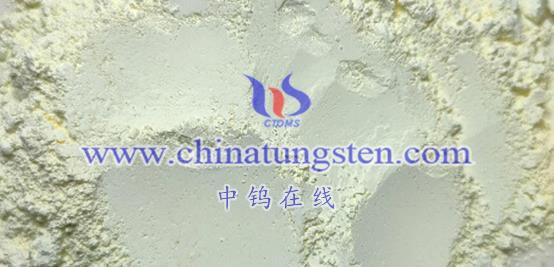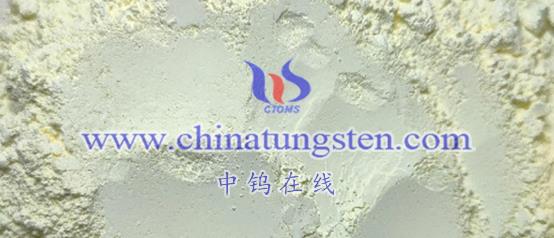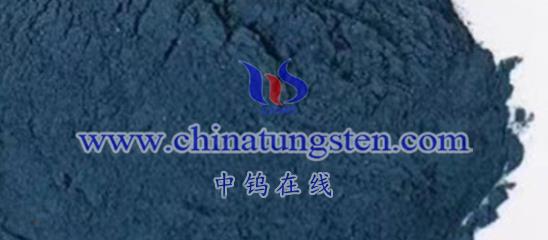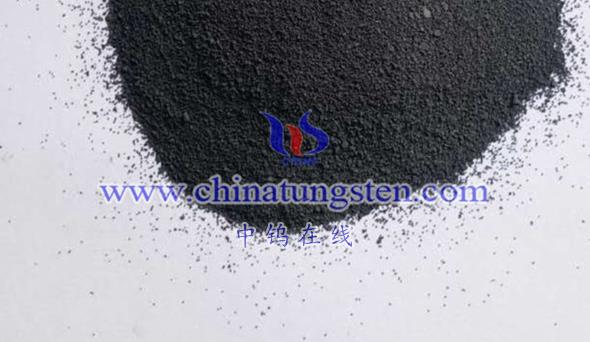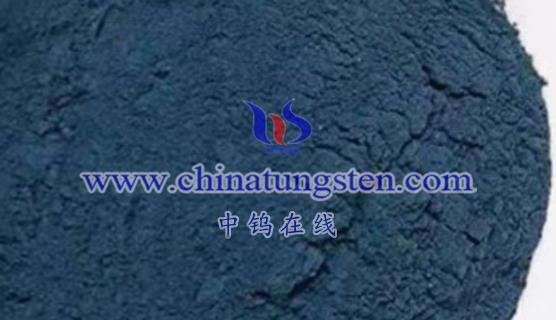
While oxygen vacancy tungsten oxide (WO3) presents numerous advantages for use as an anode material in lithium batteries, it also faces several potential disadvantages and challenges. Here’s a detailed overview of these disadvantages:
- Complex and Costly Preparation Process
- Preparation Difficulty: The synthesis of oxygen vacancy tungsten oxide requires precise control over reaction conditions, such as temperature, atmosphere, and time, to ensure the proper formation and distribution of oxygen vacancies. This complexity increases production difficulty and costs.
- Material Utilization: The preparation process may produce a significant amount of by-products or waste, leading to low material utilization rates, which further escalates production costs.
- Stability Issues
- Chemical Stability: Although oxygen vacancy tungsten oxide exhibits good chemical stability under typical conditions, it may undergo structural changes under extreme environments (e.g., strong acids, bases, or high temperatures), resulting in performance degradation.
- Structural Stability: During the charge and discharge cycles of lithium batteries, the embedding and extraction of lithium ions can affect the structural integrity of oxygen vacancy tungsten oxide, potentially compromising cycling stability and safety.
- Compatibility with Electrolytes
- Side Reactions: Oxygen vacancy tungsten oxide may undergo undesirable side reactions with certain electrolytes, leading to a decline in battery performance. These reactions might produce gases, precipitates, or other by-products that can negatively impact capacity, cycle life, and safety.
- Interface Issues: The interface between oxygen vacancy tungsten oxide and the electrolyte could pose challenges, such as increased interfacial resistance or hindered lithium-ion transport, both of which can adversely affect battery performance.
- Challenges in Practical Application
- Compatibility: When used as an anode material, oxygen vacancy tungsten oxide needs to be compatible with other components, such as cathode materials and electrolytes. The lack of compatibility can affect the overall performance of the battery.
- Production Consistency: Due to the complexity of the preparation process, there may be performance variations between different batches of oxygen vacancy tungsten oxide, impacting the consistency and quality of battery production.
- Environmental and Safety Considerations
- Environmental Issues: The preparation and use of oxygen vacancy tungsten oxide may generate waste or by-products that need to be managed properly to avoid environmental pollution.
- Safety Concerns: Despite its safety advantages, potential hazards like short circuits, overheating, or other risks must be carefully managed in practical applications.
Summary
In summary, while oxygen vacancy tungsten oxide has substantial advantages as an anode material in lithium batteries, it also faces several disadvantages, including complex preparation processes, stability issues, compatibility with electrolytes, challenges in practical applications, and environmental and safety considerations. To fully leverage its benefits and overcome these disadvantages, further optimization of the preparation process, enhancement of material stability, improvement of electrolyte compatibility, and careful consideration of environmental and safety factors are necessary.
More details of tungsten oxide product, please visit website: tungsten-oxide.com
Please contact CHINATUNGSTEN for inquiry and order of tungsten oxide:
Email: sales@chinatungsten.com
Tel.: 86 592 5129595
